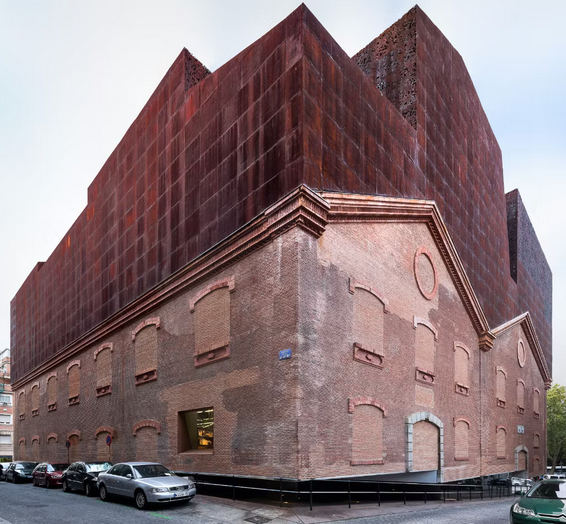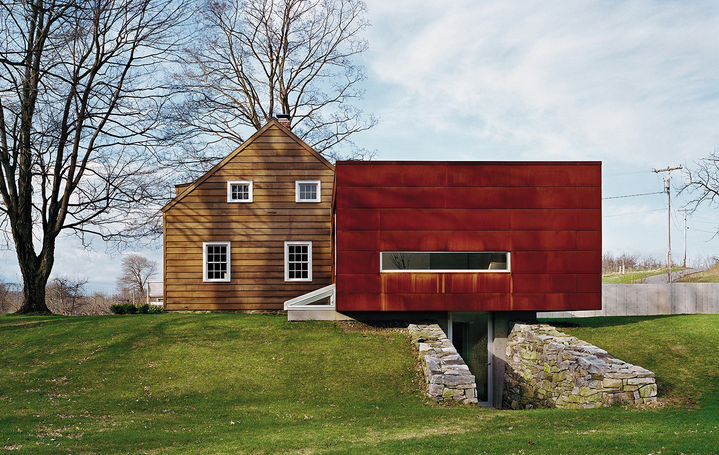Revitalizing historical architecture presents a unique opportunity to celebrate the cultural heritage of a community while embracing the benefits of modern design and functionality. When blending the old with the new, architects and designers can create harmonious and vibrant spaces that honour the past, cater to present-day needs, and provide a foundation for the future. This approach not only preserves the historical identity of a place but also contributes to the sustainable and adaptive reuse of existing structures. Let’s explore the key considerations and strategies involved in revitalizing historical architecture through the seamless integration of traditional and contemporary design elements.

Respectful Preservation
Preserving the intrinsic historical and architectural features of a building is essential when revitalizing historical architecture. This involves the sensitive restoration of original facades, ornamentation, and structural elements, respecting the integrity and authenticity of the historical fabric.
Adaptive Reuse
Embracing adaptive reuse allows for the repurposing of historical buildings to meet contemporary functions while retaining their unique character. By reimagining the use of these structures for modern purposes, architects can breathe new life into historical architecture, creating dynamic and relevant spaces that contribute to the vitality of the community.
Sympathetic Additions
Thoughtfully designed contemporary additions can complement historical buildings, providing opportunities for expansion and modern amenities without compromising the integrity of the original structure. These additions should respect the scale, materials, and design language of the historical architecture, creating a seamless integration of the old and the new.
Harmonious Interior Spaces
The integration of historical and modern interior design elements can create a sense of continuity and contrast within revitalized historical buildings. Architects can balance the preservation of original interior features with the introduction of contemporary materials, finishes, and spatial configurations to meet the functional requirements of modern occupants.
Sustainable Retrofitting
Incorporating sustainable technologies and building systems within historical structures allows for improved energy efficiency, environmental performance, and operational functionality. The introduction of modern building systems, such as energy-efficient HVAC, lighting, and insulation, minimizes the environmental impact of historical buildings while enhancing their long-term viability.
Promoting Cultural Continuity
Revitalizing historical architecture presents an opportunity to reinforce the cultural identity and narratives of a place. Architects can integrate interpretive exhibits, public art installations, and historical displays within revitalized buildings to celebrate the rich heritage and storytelling of the community.
Community Engagement and Collaboration
In the process of revitalizing historical architecture, engaging and collaborating with local stakeholders, preservation societies, and historical experts fosters a deeper understanding of the significance of the built heritage. This collaborative approach ensures that revitalization efforts are rooted in the values and aspirations of the community.
Creating Vibrant Public Spaces
The revitalization of historical architecture often extends beyond individual buildings to the creation of vibrant public spaces and cultural precincts. By integrating historical structures into lively public realms, architects can foster a sense of place, social interaction, and community engagement, contributing to the vitality of the urban fabric.
Conclusion
By blending the old with the new, architects have the opportunity to create enduring and engaging environments that honour the past while embracing the contemporary needs of society. Through respectful preservation, adaptive reuse, sustainable retrofitting, and community collaboration revitalized historical architecture contributes to the continuity of cultural heritage, the development of sustainable urban environments, and the creation of enriching and memorable spaces for generations to come.
